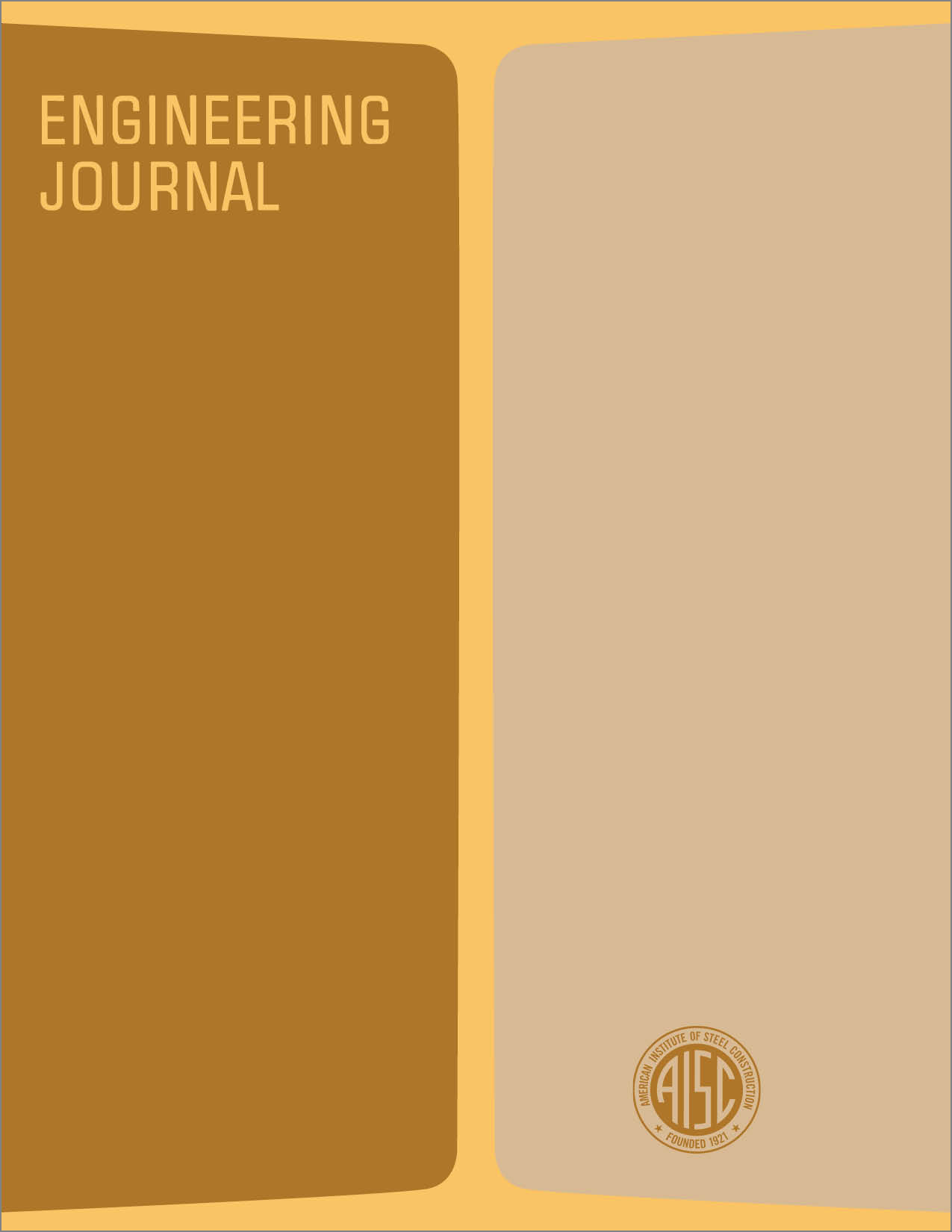Fire Safety Of External Building Elements--The Design Approach
DOI:
https://doi.org/10.62913/engj.v15i2.308Abstract
The adoption of a design approach to fire safety in buildings has gained increasing acceptance as it has become clear that the traditional rules are not always sufficiently flexible or may not be adequate to cope with modern developments in the use and construction of buildings. For elements of structure, building codes have a performance requirement based on a specified exposure period of the element to the standard fire resistance test of ASTM E119, and while it has been recognized that the building fire exposure may not be the same as the standard fire exposure, the tendency has been more to criticize the required period of fire resistance than to question the standard test conditions themselves. However, a major difficulty with the standard test has been encountered when buildings are designed with external structural steel elements. These elements are required by the codes to have the same minimum periods of fire resistance and hence the same cladding as internal elements, even though the external fire exposure conditions are known to be less severe. The fire exposure of external structural elements cannot be simulated by the standard fire resistance test, but it can be calculated. The heat transfer to these elements depends on the flame trajectory and temperature, the temperature in the fire compartment, the position of the element, and the cooling of the element to the surroundings. As for internal elements, the structural performance depends on the steel temperature, and a calculation method for estimating the temperature rise can be established. The calculation method is based on comprehensive studies with models and on a number of large scale experimental fire tests in realistic buildings. The calculated steel temperatures are in satisfactory agreement with values measured in the large-scale experimental fire tests.

